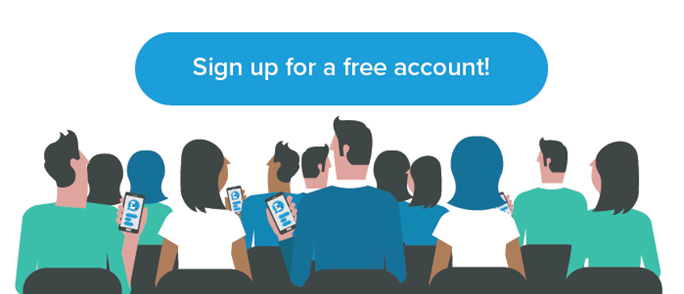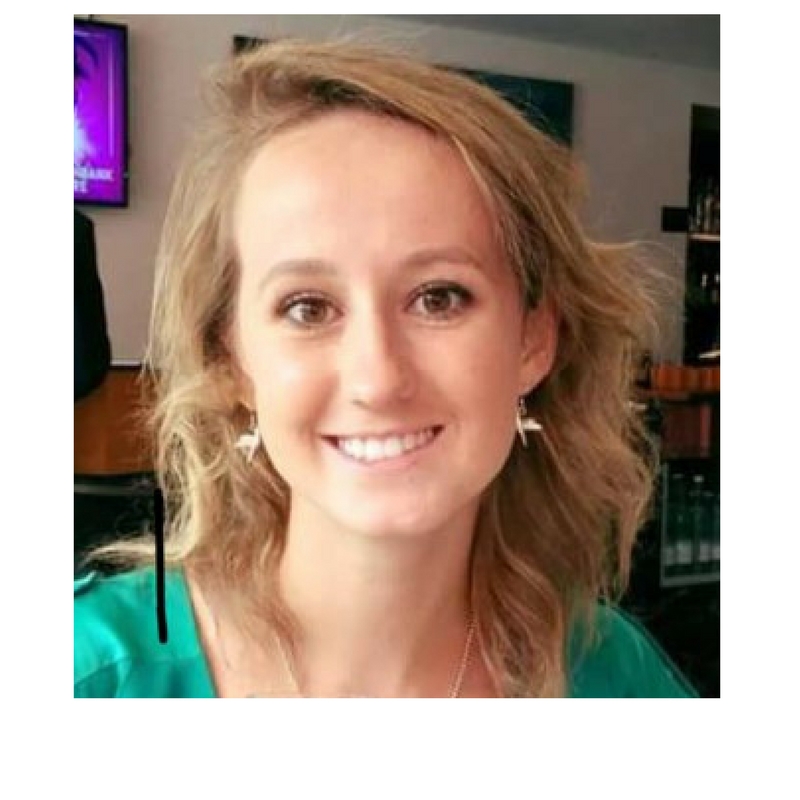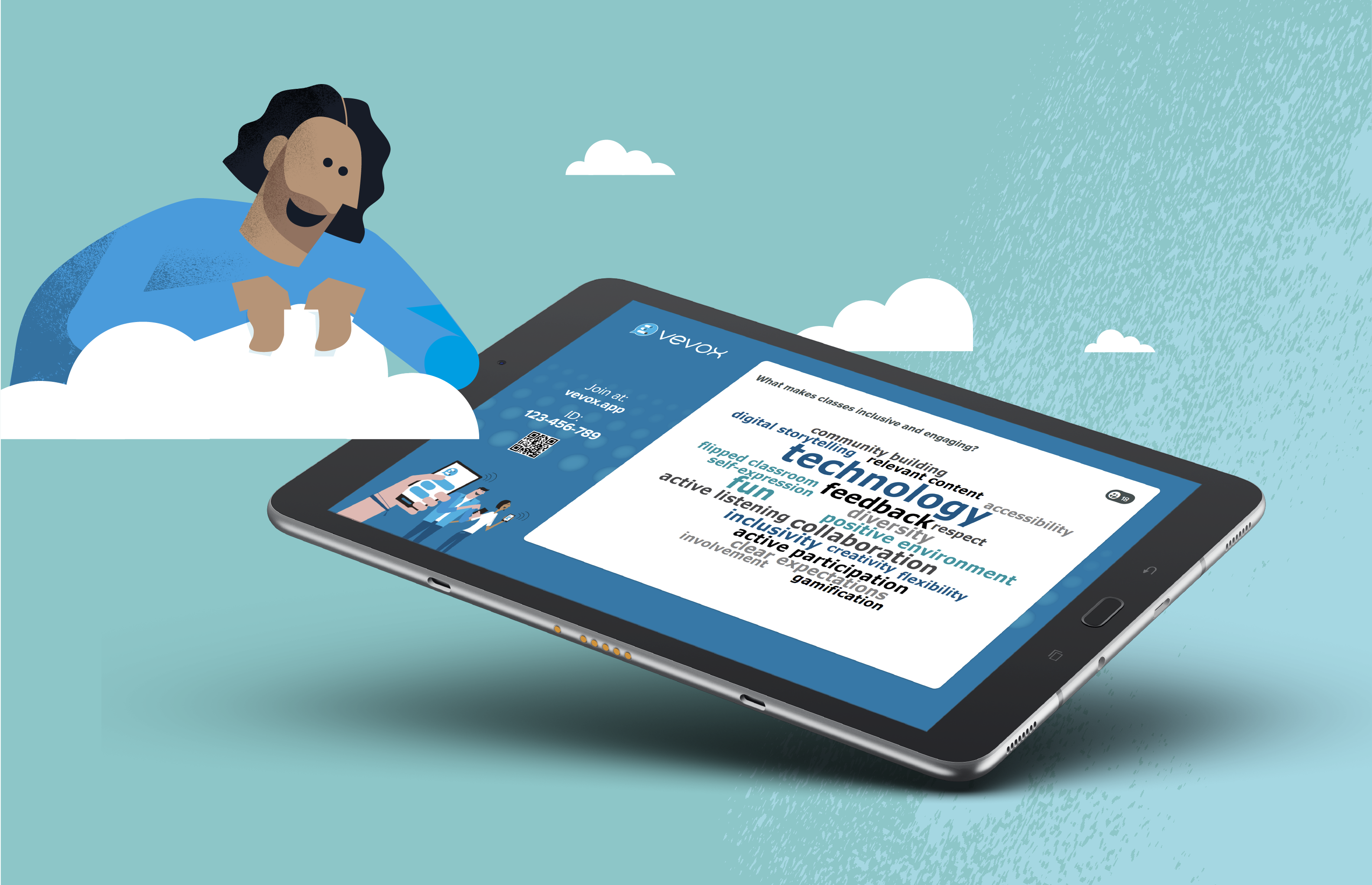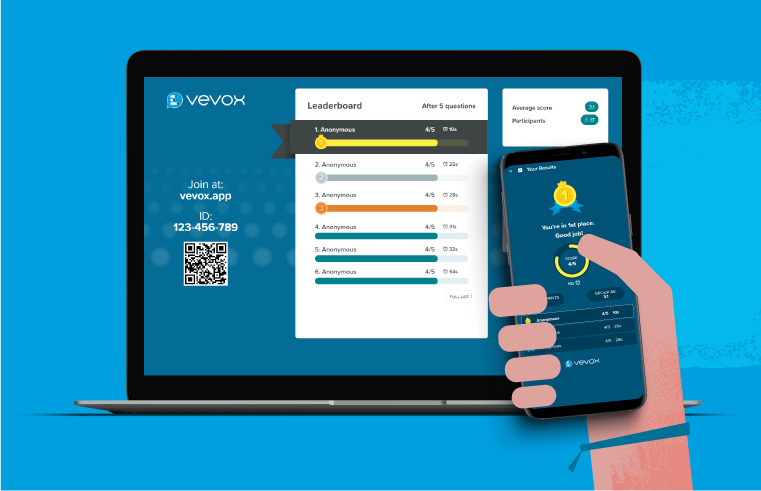A study by the British Medical Journal1, which was widely reported in the press2, reported medical students giving accounts of a hierarchal and a competitive atmosphere in which teaching by humiliation commonly occurs. This, in combination with lectures at medical school frequently sitting more than 100 students, leaves students feeling that they are unable to ask questions or interact with the lecturer. In our survey of 171 final year medical students, 92% said they would feel too intimidated to ask a question in a lecture with more than a 100 students in.
Lecture style teaching allows for the delivery of large quantities of standardised information to a big audience of students - an efficient way to teach undergraduate medicine. Although one of the commonest delivery systems, lectures are frequently criticised as they don’t allow the teacher to cater to the individual needs of students and respond accordingly. Lecturers will often allow students to ask questions at the end of the session, by which point students may have forgotten their question, no longer find it relevant and time may simply be short. Where students lack individual contact with their teacher they may be left with a poorer grasp of a topic and dissatisfied with their understanding.
In this case study we look at how Vevox was utilised in a series of lectures aimed at medical students studying their for their final year exams from London and Cambridge Medical Schools. 234 students attended these lectures over 2 days. Prior to the course we encouraged students to download Vevox onto their mobile phones and provided a brief presentation on how to use the app. The use of Vevox meant that the students were able to ask questions throughout the course. Questions were answered by a member of faculty who followed the Vevox live feed on an iPad. Where we had extra staff we were able to run the app in this manner, but it would also be possible for the lecturer to glance at the live feed themselves at natural pauses or, if pushed for time, to read all the questions in retrospect and answer them via email.
Using Vevox in this manner meant that the lecture was able to flow freely and students could have their questions answered in real time. Over the course of 10 lectures 213 questions were asked using the app. If these questions were asked verbally that would equate to over 20 interruptions per hour long lecture, which would be impractical and distracting for both audience and lecturer. If a lecture was going too fast students were able to comment and request that we ask the lecturer to slow down. Simple adjustments could be made in real time which have a big impact on student experience. The number of questions asked also highlighted if there was an area of the lecture that wasn’t very clear and might need adaptation in the future. The lecturers all found Vevox could be incorporated into their lecture seamlessly and where enthusiastic to engage with the app. Dr Anna Burn-Murdoch commented that the app was “a great addition to lecture-based teaching allowing a student centred teaching style to be delivered in a large group”.
It is likely that a higher volume of questions were asked because students felt less inhibited about asking questions that might be perceived as “too simple” and less worried about interrupting the lecturer. Due to the live feed nature of the app - students were able to see all of the questions asked which in itself stimulates improved understanding and learning amongst peers. Students were able to “like” other questions, emphasising points that they were finding particularly confusing and prevent the same question being asked multiple times. Seeing that other students were finding a topic difficult may also help to alleviate anxieties that some may have and encourage students to discuss amongst themselves in greater detail after the lecture.
Using very intuitive technology, Vevox provides a bridge between students and lecturer. In our survey of 168 medical students, 89% felt that teaching at medical school could improve with the use of Vevox. We will continue to use Vevox at this course, which is run on a yearly basis, and have encouraged that this app is used at similar gatherings.
References
1) H. Lempp. The hidden curriculum in undergraduate medical education: qualitative study of medical student’s perception of teaching. BMJ; 2004;329:770
2) The Guardian. Medical students “humiliated by senior doctors”. 10.2004 (https://www.theguardian.com/education/2004/oct/01/highereducation.uk1)



.png)
